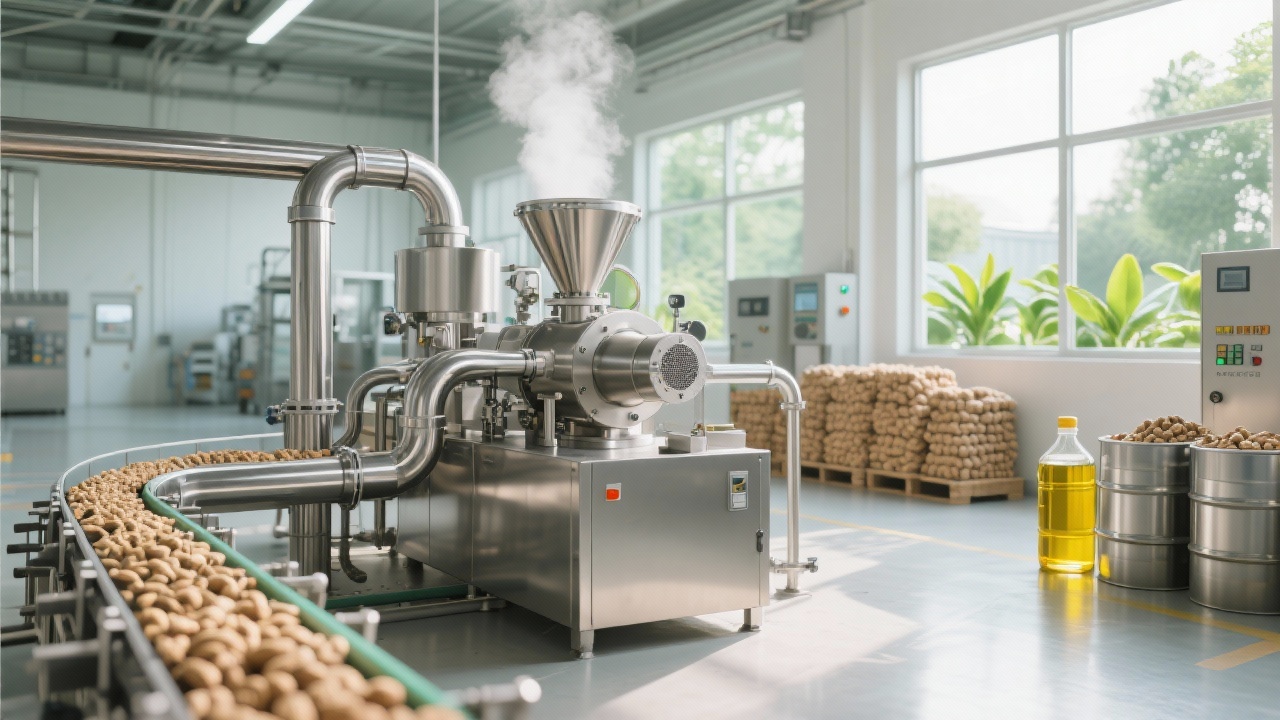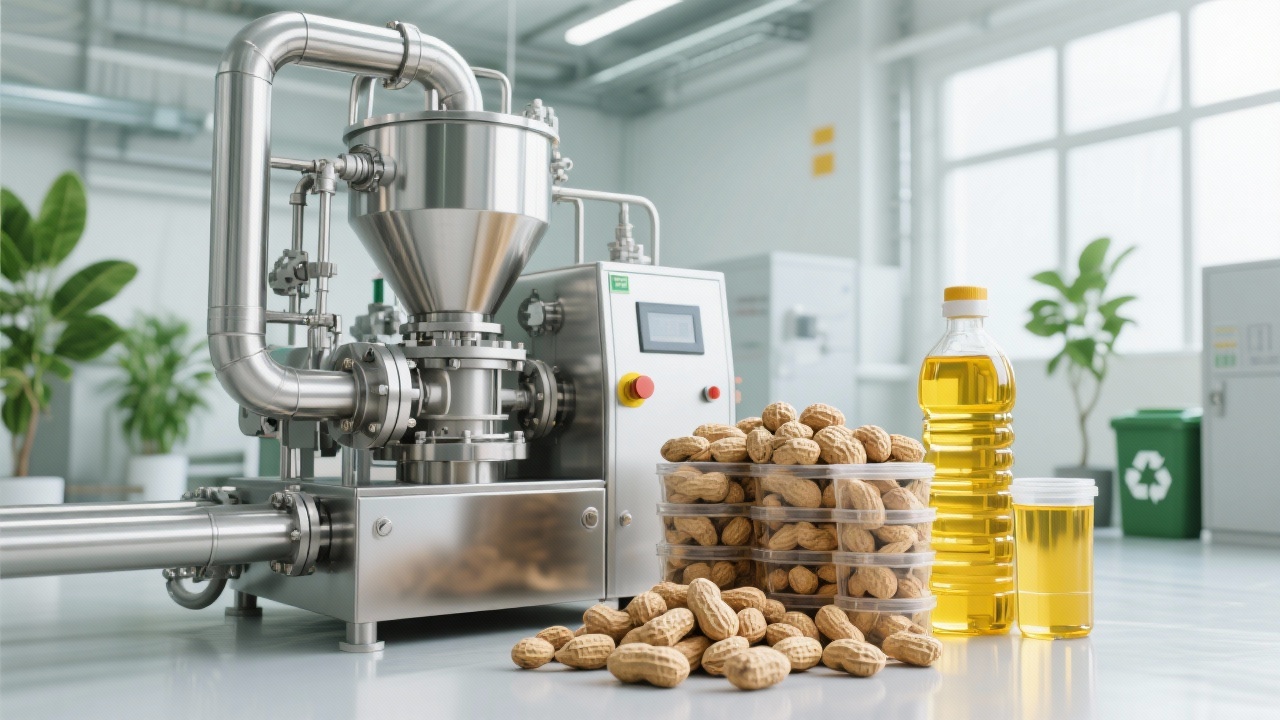
Let's start by delving into the double - helix shaft meshing mechanism of the energy - saving screw oil press. This unique design allows for high - thrust pressing. The two intermeshing helical shafts generate a powerful squeezing force, which is crucial for extracting oil from various oilseeds. At the same time, the self - cleaning function of this mechanism ensures that the oil press remains efficient during operation. As the helical shafts rotate, they can automatically remove the residue, preventing blockages and maintaining a stable oil - extraction process.

This energy - saving screw oil press shows excellent adaptability in multiple scenarios. Take peanuts, rapeseeds, and beans as examples. In the cold - pressing process, the oil press can maintain a stable performance, retaining the natural flavor and nutrients of the oil. For instance, when cold - pressing peanuts, the oil yield can reach up to 40% - 45%, while maintaining the rich peanut aroma. In the hot - pressing process, the extraction rate can be further improved. When hot - pressing rapeseeds, the oil yield can be as high as 42% - 48%. The following table shows the performance of the oil press under different scenarios:
| Oilseeds | Cold - pressing Oil Yield | Hot - pressing Oil Yield |
|---|---|---|
| Peanuts | 40% - 45% | 45% - 50% |
| Rapeseeds | 38% - 42% | 42% - 48% |
| Beans | 18% - 22% | 22% - 26% |
In terms of energy - saving, this oil press is a real standout. Compared with traditional oil presses, it can reduce energy consumption by up to 30%. For example, a traditional oil press may consume 10 kWh of electricity per ton of oilseeds processed, while this energy - saving screw oil press only needs 7 kWh. Moreover, it is designed to meet international environmental standards. The materials used in the oil press are non - toxic and recyclable, and the waste generated during the oil - extraction process can be effectively treated, minimizing the impact on the environment.

Here are some practical operation guides for you. In daily operation, make sure to follow the standard procedures. First, check the equipment before starting to ensure that all parts are in good condition. Second, adjust the parameters according to the type of oilseeds and the pressing process. For the replacement of vulnerable parts, the screw shaft should be replaced every 1 - 2 years, and the pressing ring should be replaced every 6 - 12 months. In case of a malfunction, you can follow a simple troubleshooting process. Check the power supply first, then the mechanical parts, and finally the control system.
To ensure the long - term stable operation of the oil press, optimizing the maintenance frequency is crucial. Regular maintenance can reduce the probability of breakdowns and extend the service life of the equipment. For example, conducting a minor maintenance every month, including cleaning, lubrication, and inspection of key parts, and a major maintenance every six months, which includes a comprehensive inspection and adjustment of the equipment. By doing so, you can significantly reduce downtime and maintenance costs.

In conclusion, this energy - saving screw oil press offers a series of advantages in terms of technology, adaptability, energy - saving, and operation. If you want to make your factory more efficient and environmentally friendly, don't miss this opportunity. 立即获取专属操作手册与售后支持方案

